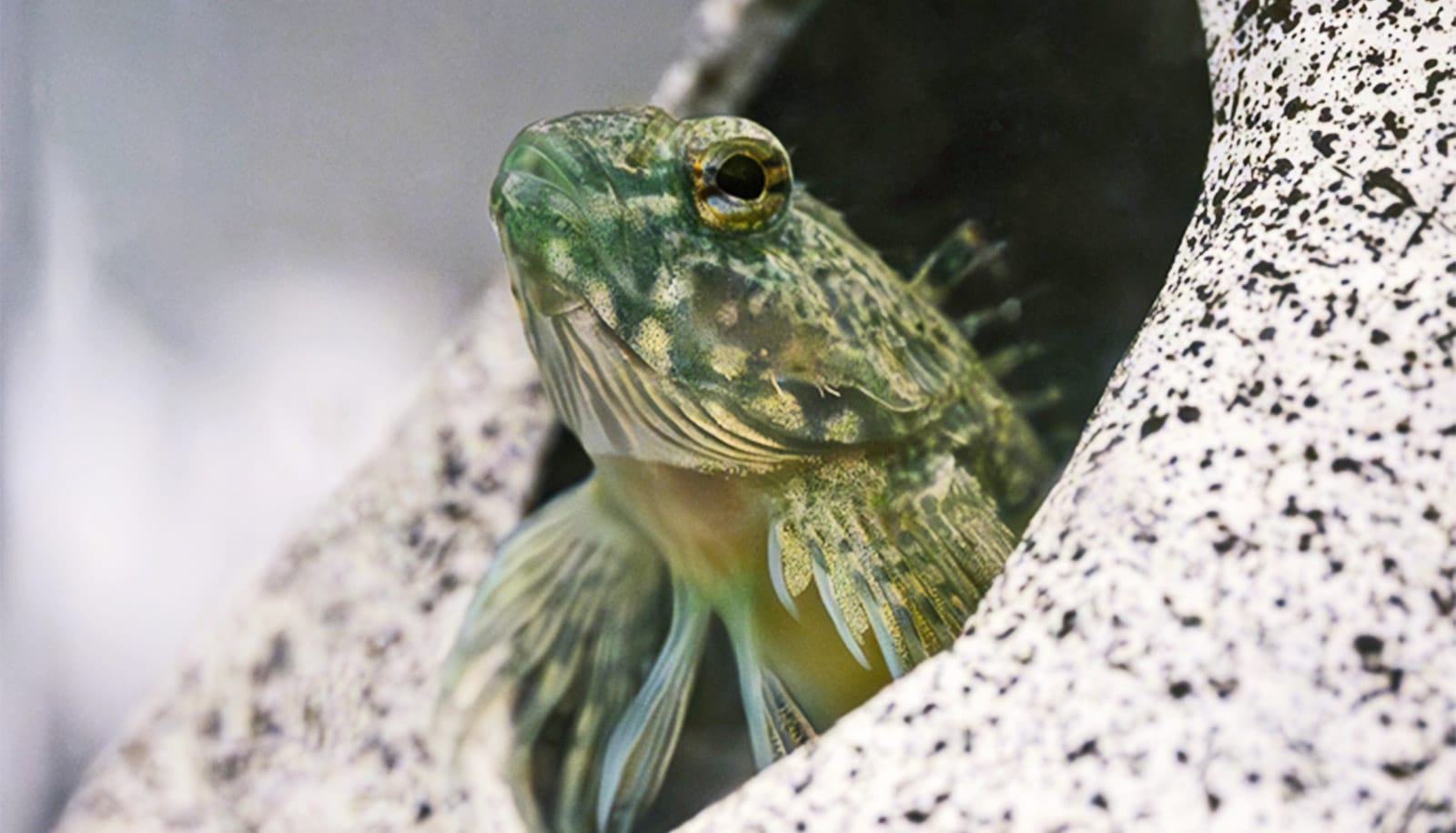Hagfishes, an ancient group of eel-like animals found on the bottom of the ocean, have skin that is both unattached and flaccid to protect them from any internal damage that might be caused by a predator’s penetrating teeth, according to a new study.
When predators bite hagfishes, they release a nasty slime that sends the predator into a fit as it “coughs” up the substance, trying to prevent suffocation, usually leaving enough time to escape. But it’s their loose skin that allows hagfishes to survive that initial attack.
Researchers say footage of attacks (including the video above), lab studies of how hagfish defensive slime functions, and the fact they are rarely found in the stomachs of other fish suggest that predators are rarely successful when they attempt to eat one.
“This video really was the inspiration for our entire study,” says lead author Douglas Fudge, associate professor of biological sciences at Chapman University. “A sizable slack volume in hagfishes, combined with minimal attachment of the skin to the muscle, allows the body to slip out of harm’s way even when the skin is punctured.”
As they report in Royal Society Interface, researchers studied the three layers of hagfish skin to determine how they survive an initial attack. They narrowed it down to two possibilities—the hagfishes have either puncture-resistant skin or a loose and flaccid body design that makes it more difficult for teeth to penetrate.
The performance of hagfish skin is notable because they lack scales that help boost puncture resistance in many fishes.
Students at the University of Washington’s Friday Harbor Laboratories tested the fish skin as part of a 2014 summer course taught by Adam Summers, a professor of aquatic and fishery sciences and of biology. They performed skin puncture tests of 22 fish species including hagfish.
“We tested a wide range of fish skin because we were convinced that hagfish skin, which makes excellent leather, would be far harder to penetrate,” Summers explains. “It was a surprise that it was as easy to poke a hole in hagfish skin as flounder skin, but the hagfish skin is so loose it just slides away rather than getting cut.”
Hagfish ‘slime clouds’ have scientists stumped
Hagfishes have a subcutaneous sinus system that runs the length of their body, containing 30 percent of their blood volume. Although previous research has found evidence that this sinus system is crucial to burrowing and knot-tying, the new findings show it also plays a role in predator defense.
Additional coauthors of the study are from the University of Guelph. The Natural Sciences and Engineering Research Council of Canada funded the work.
Source: University of Washington



